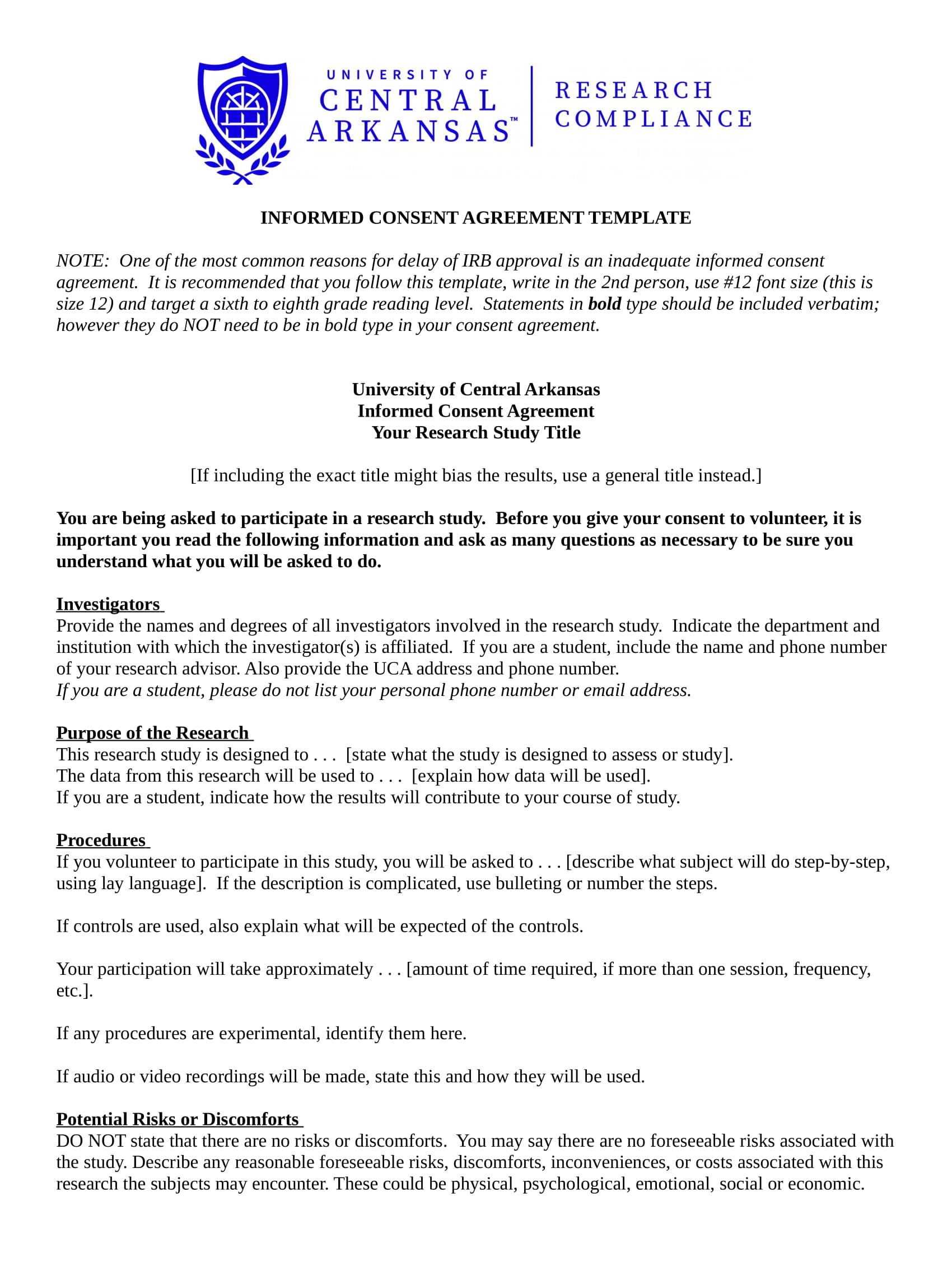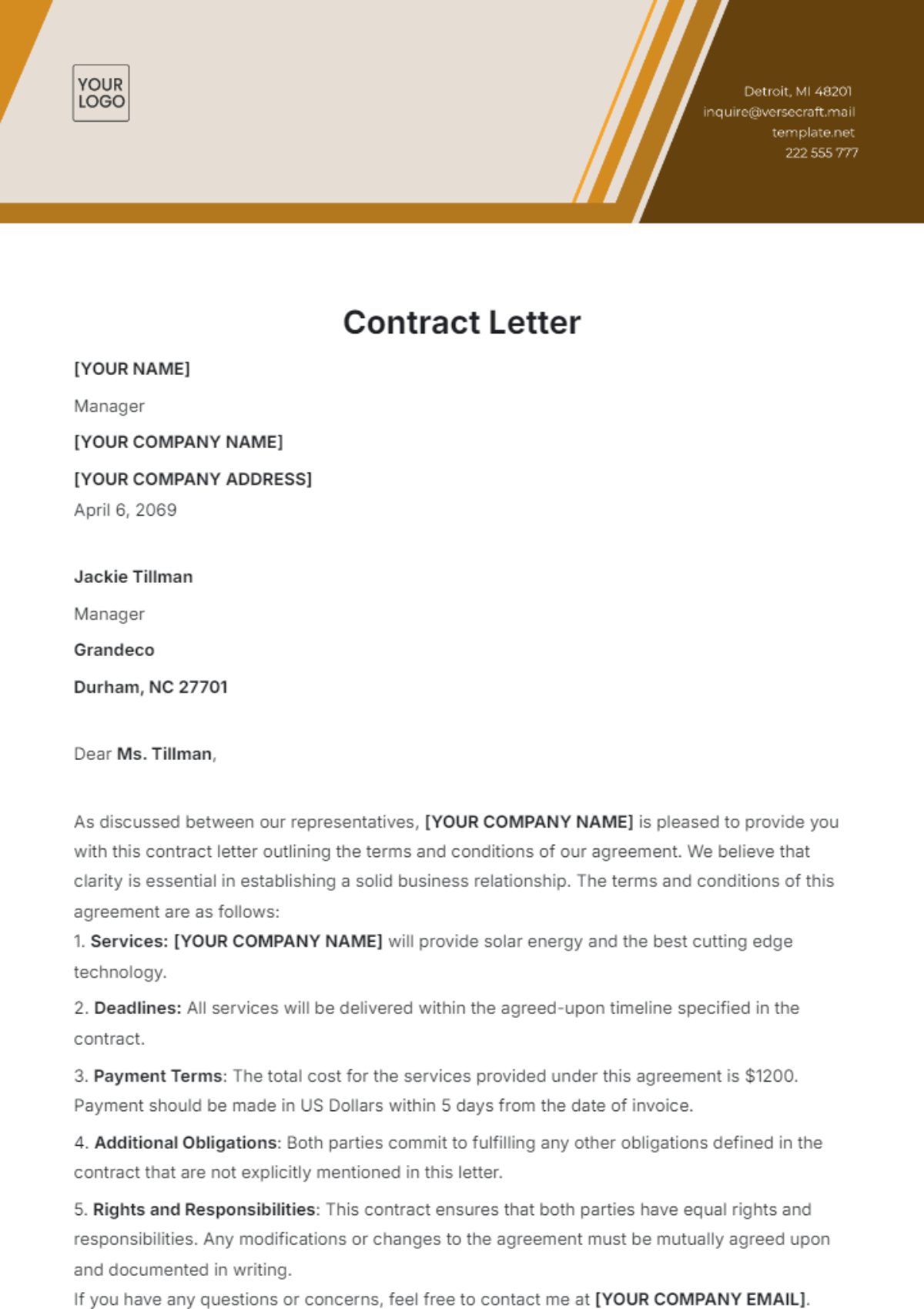Agreement is the backbone of every successful relationship, business deal, or legal arrangement. Whether you're negotiating a contract, resolving a dispute, or simply trying to find common ground, understanding how agreements work can change the game. In today's fast-paced world, agreements aren't just about signing papers—they're about building trust, setting expectations, and creating long-term partnerships that benefit everyone involved. So, why not dive deeper into this crucial concept?
Think about it. Every time you shake hands on a deal, nod your head in approval, or even click "I agree" on an online form, you're entering into some kind of agreement. These commitments, big or small, shape our daily lives. But what exactly makes a good agreement? And how can you ensure that the agreements you make are fair, legally sound, and beneficial for all parties involved? Let's break it down.
Before we jump into the nitty-gritty, let's talk about why agreements matter so much. They're not just about protecting your interests—they're about fostering collaboration and mutual respect. Whether you're dealing with personal or professional matters, having a solid understanding of agreements can help you navigate challenges with confidence. So, buckle up because we're about to explore everything you need to know about making agreements work for you.
- Explore Alternatives To Hdmovie2 Streaming Options Insights
- Events And Red Carpets The Ultimate Guide To The World Of Glamour
What Exactly is an Agreement Anyway?
At its core, an agreement is a mutual understanding between two or more parties. It's like a handshake deal, but often backed by words, documents, or even digital signatures. Agreements can be formal or informal, written or verbal, but they all serve the same purpose: to establish expectations and responsibilities. But here's the kicker—just because you've agreed on something doesn't mean it's legally binding. That's where the fine print comes in.
For example, if you promise your friend you'll split the cost of dinner 50/50, that's an informal agreement. But if you sign a lease for an apartment, that's a formal agreement with legal implications. See the difference? Agreements can take many forms, but they all require clarity, honesty, and a willingness to compromise. Without these elements, things can get messy real quick.
Types of Agreements You Need to Know
Not all agreements are created equal. Depending on the situation, you might encounter different types of agreements. Here's a quick rundown:
- Unveiling The Secrets Of Beauty A Comprehensive Guide For Your Journey
- Did Yinyleon Die Unveiling The Truth Behind The Viral Mystery
- Verbal Agreements: These are spoken commitments, often used in casual settings. While they're easy to make, they can be tricky to enforce if things go south.
- Written Agreements: These are formal documents that outline the terms and conditions of a deal. They're legally binding and offer more protection than verbal agreements.
- Implied Agreements: Sometimes, actions speak louder than words. For instance, if you regularly pay your neighbor to mow your lawn, an implied agreement exists even if you never discussed it explicitly.
- Legal Contracts: These are the heavyweights of the agreement world. They're detailed, specific, and often drafted by lawyers. Legal contracts are used for high-stakes deals, like buying a house or starting a business.
Knowing the type of agreement you're dealing with is crucial. It helps you understand your rights and obligations, and ensures you're on the same page as the other party.
Why Agreements Are So Important
In a world full of uncertainties, agreements provide a sense of security. They set boundaries, clarify expectations, and reduce the risk of misunderstandings. But that's not all. Agreements also promote accountability. When you put something in writing, you're less likely to back out or forget what was agreed upon. Plus, they serve as a reference point if disputes arise.
Let's say you're starting a new business with a partner. Without a clear agreement, you might end up arguing over who owns what or how profits should be split. A well-drafted agreement can prevent these headaches and keep your partnership running smoothly. And let's be real—who doesn't want to avoid drama?
The Key Elements of a Solid Agreement
Not all agreements are created equal. To make sure yours holds up, it needs to include these key elements:
- Offer and Acceptance: One party makes an offer, and the other accepts it. This forms the basis of any agreement.
- Consideration: Both parties must exchange something of value, whether it's money, services, or goods.
- Capacity: All parties involved must be legally capable of entering into an agreement. This means they're of legal age and mentally competent.
- Legality: The agreement must be for a legal purpose. No shady deals allowed!
Without these elements, your agreement might not hold up in court. So, it's important to dot your i's and cross your t's when drafting one.
Common Mistakes to Avoid When Making Agreements
Even the best-intentioned agreements can go wrong if you're not careful. Here are some common mistakes to watch out for:
- Skipping the Details: Don't assume everyone knows what you mean. Be specific about deadlines, payment terms, and other important details.
- Ignoring Legal Requirements: If your agreement involves money, property, or other significant assets, consult a lawyer to ensure it's legally sound.
- Forgetting to Get It in Writing: Verbal agreements are fine for small favors, but for anything serious, always put it in writing.
- Not Reviewing the Agreement: Take the time to read through the agreement carefully. Don't just skim it or assume everything's fine.
By avoiding these pitfalls, you can create agreements that are clear, fair, and enforceable. Remember, a good agreement protects both parties, so don't be afraid to ask questions or negotiate terms that work for you.
How to Draft a Foolproof Agreement
Drafting an agreement might sound intimidating, but with the right approach, it's easier than you think. Start by identifying the key terms and conditions you want to include. Then, use clear and concise language to explain them. Here's a step-by-step guide:
- Define the Parties: Clearly state who's involved in the agreement. Use full names or company names for accuracy.
- State the Purpose: Explain the purpose of the agreement and what each party is expected to do.
- Outline the Terms: Detail the specific terms and conditions, including payment schedules, deadlines, and any other relevant information.
- Include a Termination Clause: Specify how and when the agreement can be terminated if necessary.
- Sign and Date: Once both parties agree to the terms, sign and date the document to make it official.
Remember, a well-drafted agreement is like a roadmap. It helps everyone involved know where they're going and how to get there.
Using Templates to Simplify the Process
If drafting an agreement from scratch feels overwhelming, don't worry. There are plenty of templates available online that can help you get started. Just make sure to customize the template to fit your specific needs. And if you're dealing with a high-stakes agreement, consider having a lawyer review it before signing.
Resolving Disputes in Agreements
Even the best agreements can sometimes lead to disputes. When this happens, it's important to have a plan in place for resolving conflicts. Here are a few strategies:
- Negotiation: Try to work things out directly with the other party. Sometimes, a simple conversation can clear up misunderstandings.
- Mediation: If direct negotiation doesn't work, consider bringing in a neutral third party to mediate the dispute.
- Arbitration: This is a more formal process where an arbitrator makes a binding decision based on the evidence presented.
- Litigation: As a last resort, you can take the matter to court. But be prepared for the time, cost, and stress involved.
Having a dispute resolution clause in your agreement can save you a lot of headaches down the road. It sets out the process for handling disagreements and can help you avoid costly legal battles.
The Role of Technology in Modern Agreements
In today's digital age, technology has transformed the way we create and manage agreements. From electronic signatures to cloud-based document storage, there are countless tools available to make the process easier and more efficient. Here are a few examples:
- E-Signature Platforms: Tools like DocuSign and Adobe Sign allow you to sign documents electronically, making it faster and more convenient to finalize agreements.
- Contract Management Software: These platforms help you organize, track, and manage agreements throughout their lifecycle.
- Blockchain Technology: Some companies are exploring the use of blockchain to create smart contracts that execute automatically when certain conditions are met.
By embracing technology, you can streamline the agreement process and reduce the risk of errors or delays.
Staying Secure in the Digital World
While technology offers many benefits, it also comes with risks. Make sure to use secure platforms and follow best practices for protecting sensitive information. This includes using strong passwords, enabling two-factor authentication, and keeping your software up to date.
Final Thoughts: Making Agreements Work for You
In conclusion, agreements are an essential part of modern life. Whether you're negotiating a business deal, signing a lease, or making a personal commitment, understanding how agreements work can help you achieve your goals with confidence. By following the tips and strategies outlined in this article, you can create agreements that are clear, fair, and enforceable.
So, what's next? Take a moment to reflect on your current agreements. Are they serving you well? Could they be improved? And don't forget to share this article with others who might benefit from it. Together, we can build a world where agreements foster trust, collaboration, and success for everyone involved.
Table of Contents
- What Exactly is an Agreement Anyway?
- Types of Agreements You Need to Know
- Why Agreements Are So Important
- The Key Elements of a Solid Agreement
- Common Mistakes to Avoid When Making Agreements
- How to Draft a Foolproof Agreement
- Resolving Disputes in Agreements
- The Role of Technology in Modern Agreements
- Staying Secure in the Digital World
- Final Thoughts: Making Agreements Work for You
- Unveiling The Secrets Of Beauty A Comprehensive Guide For Your Journey
- Did Yinyleon Die Unveiling The Truth Behind The Viral Mystery


